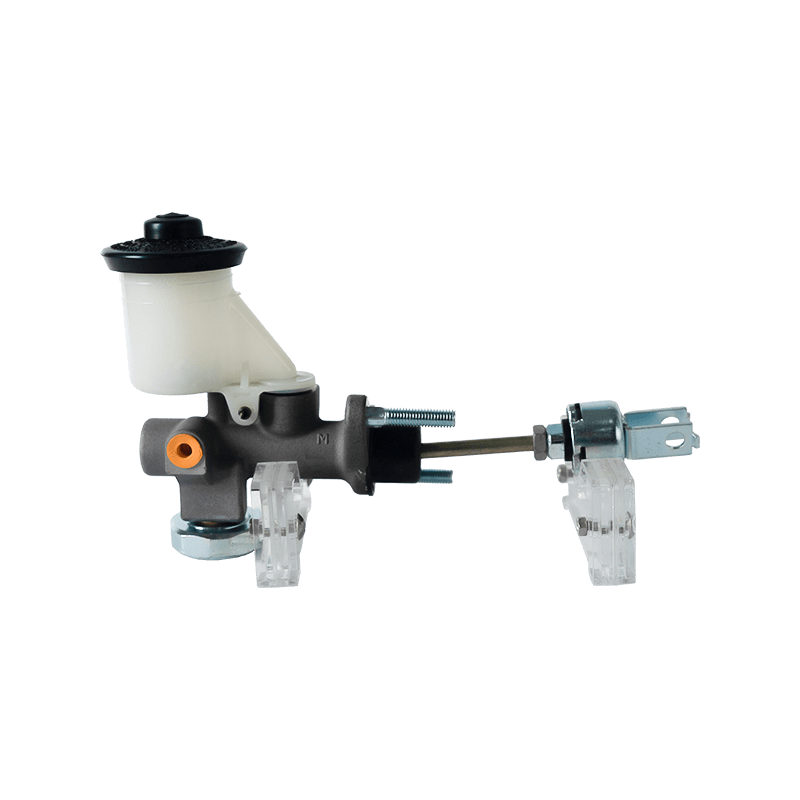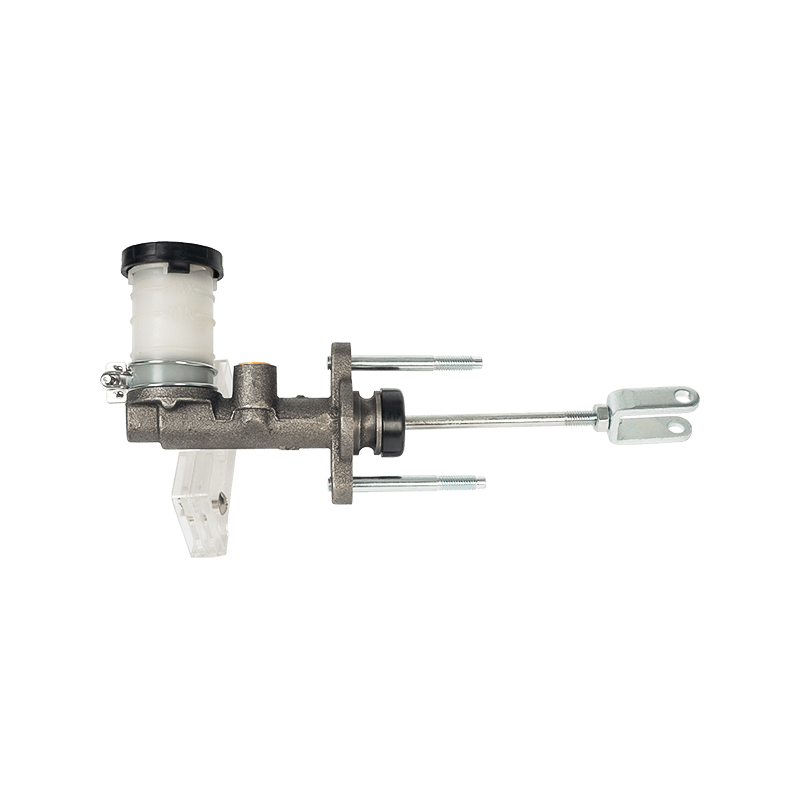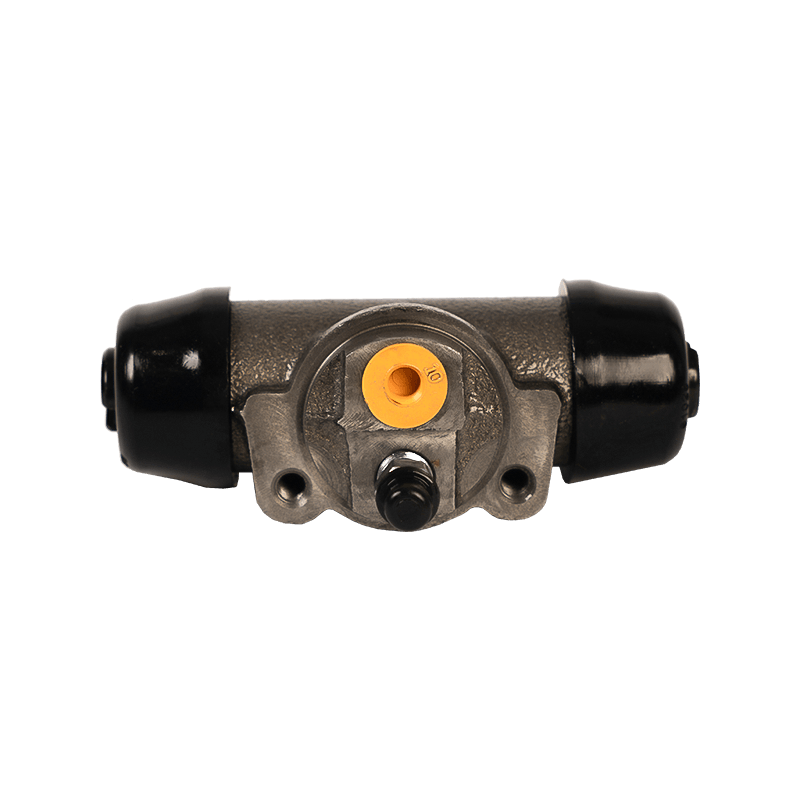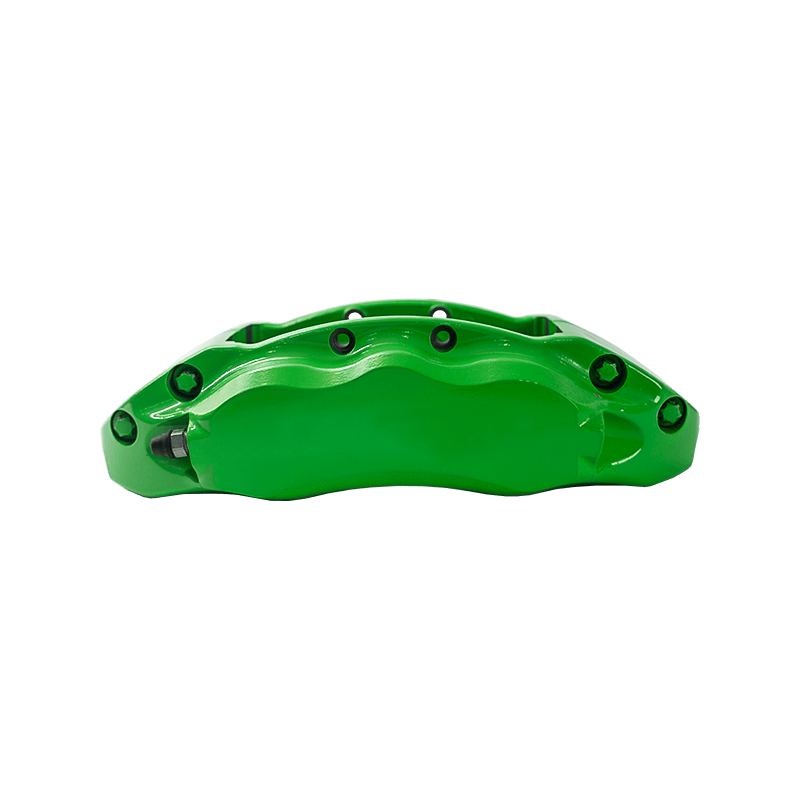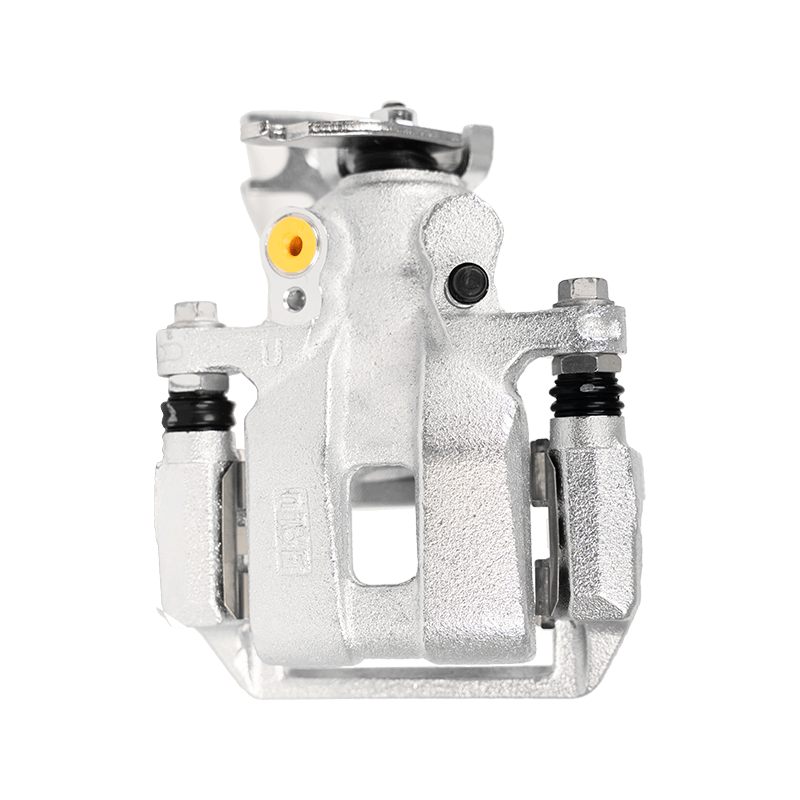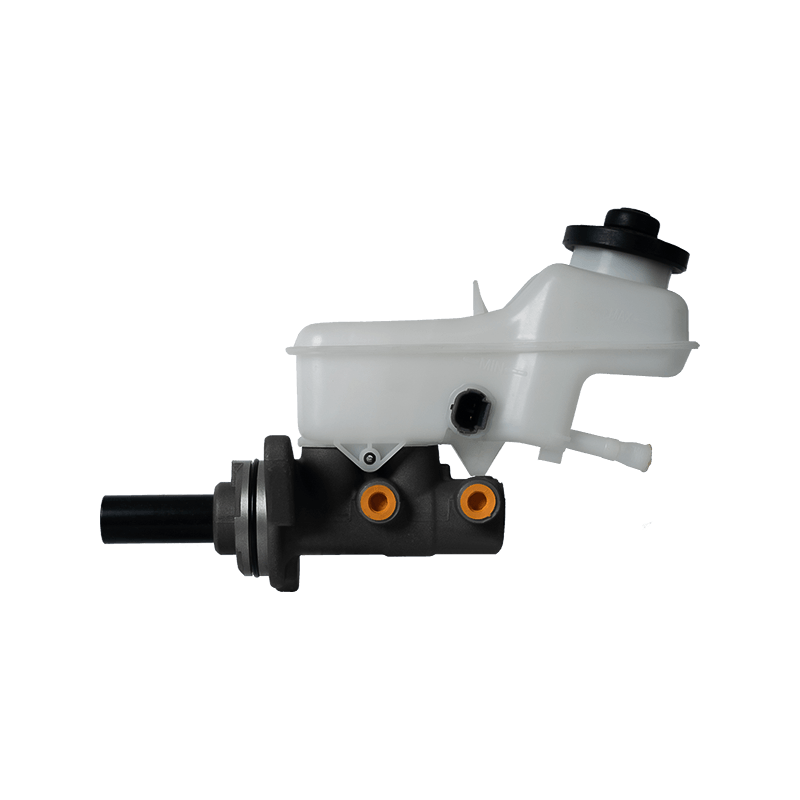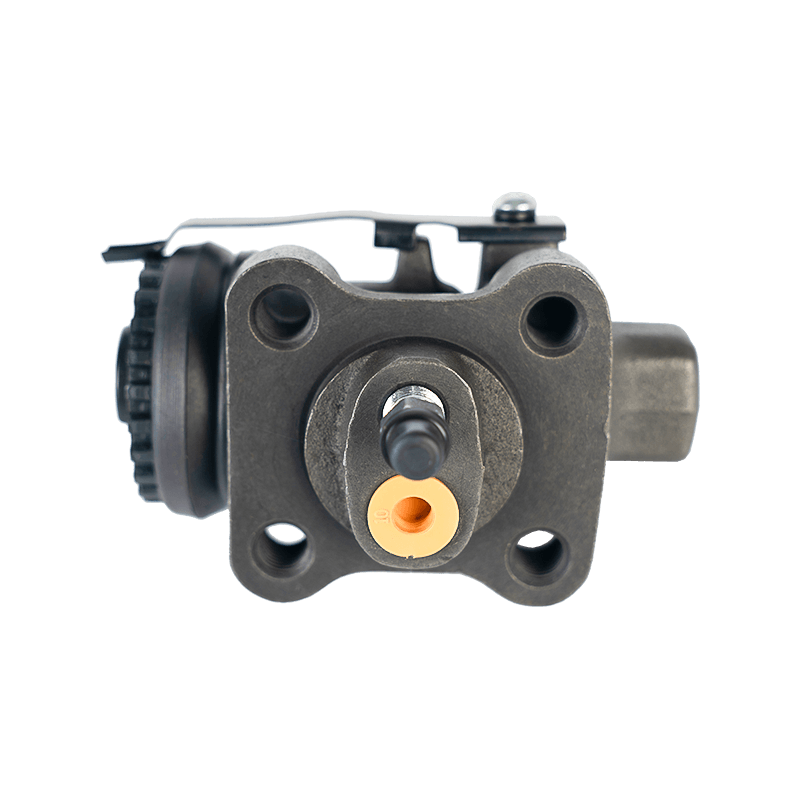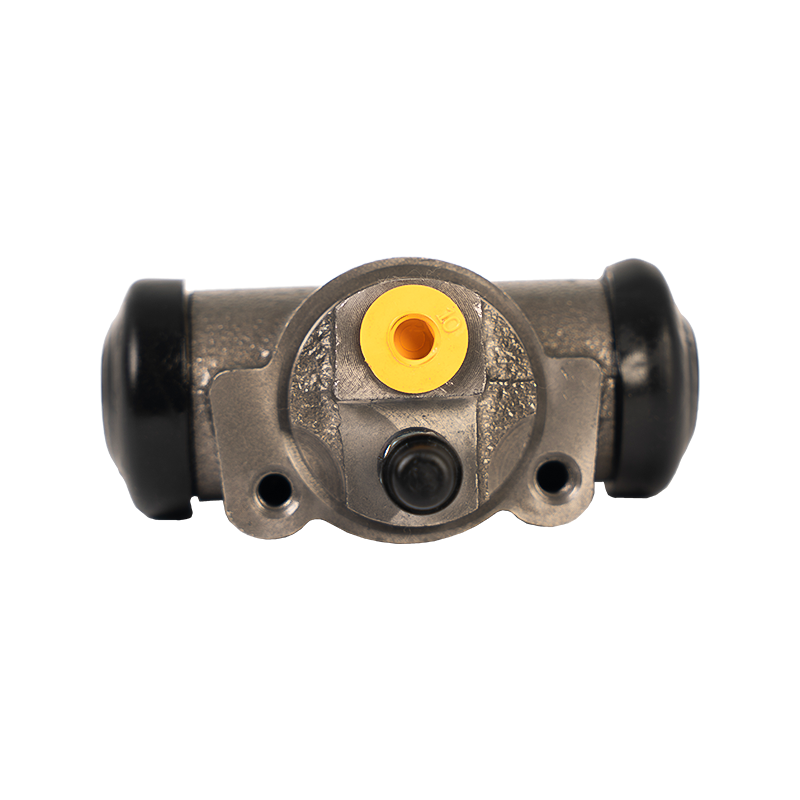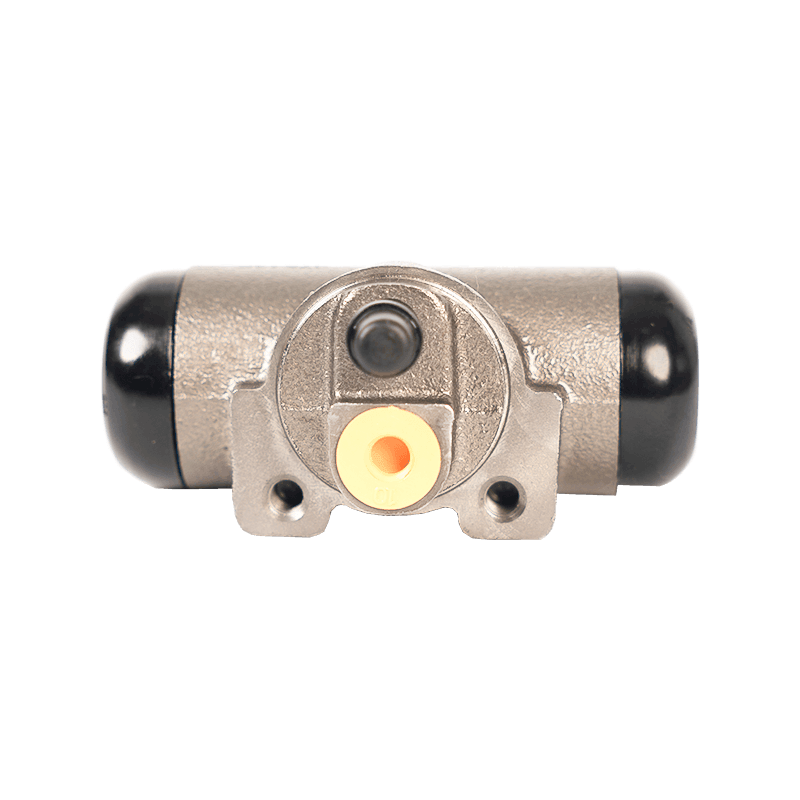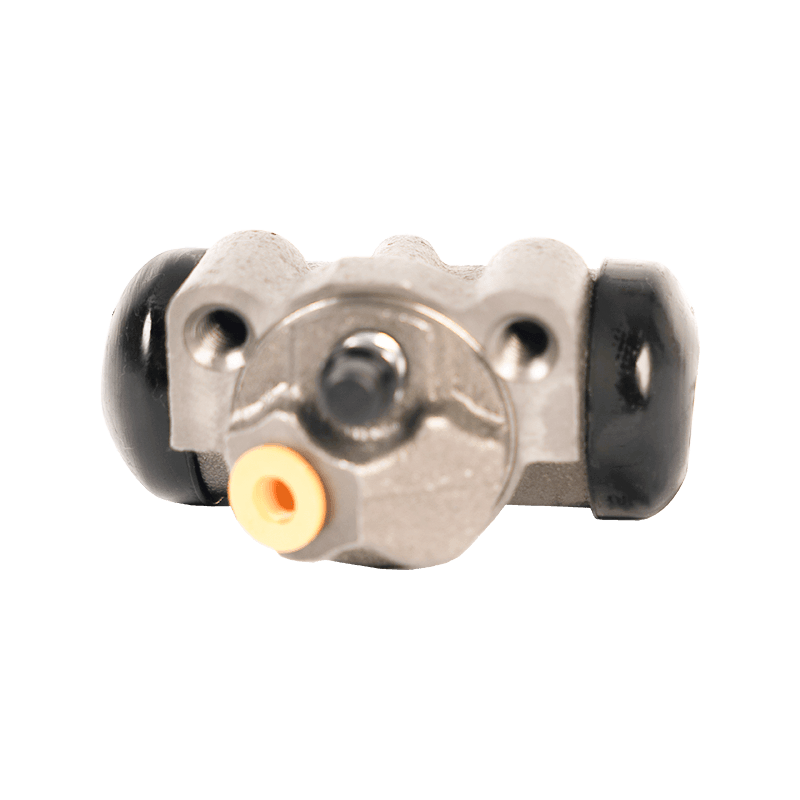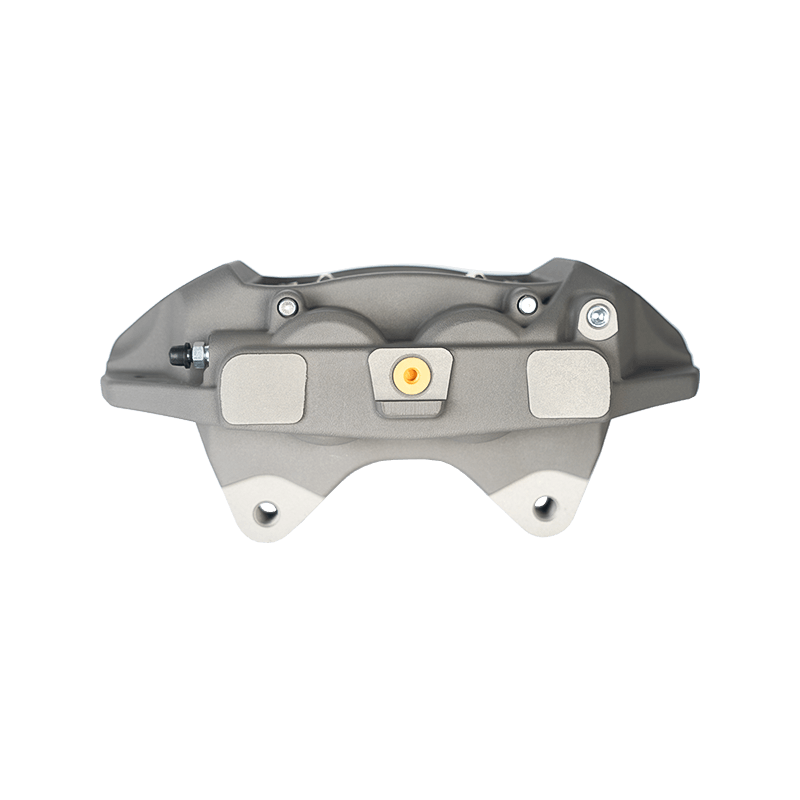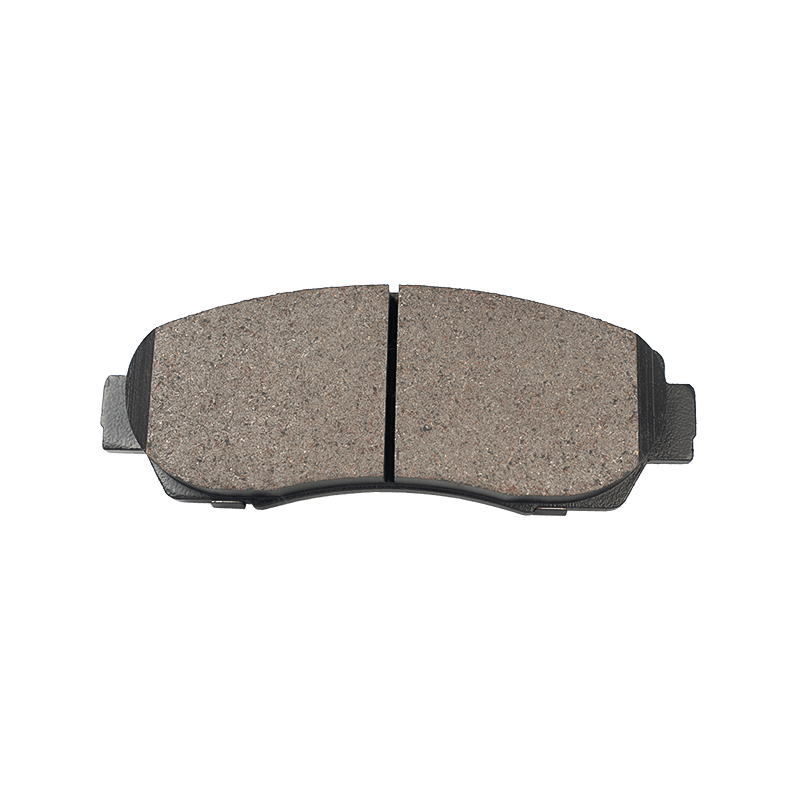Winter brake pad maintenance: countermeasures for reduced braking performance in low temperature environments
 2025.08.08
2025.08.08
 Industry News
Industry News
Content
1. Effects of Low Temperatures on Brake Pads
- Reduced Friction Coefficient
In low-temperature environments, the friction material of brake pads may harden, resulting in a lower friction coefficient during initial braking (commonly known as "cold fade").
Symptoms: A stiff brake pedal and increased braking distance (10%-20% longer than at room temperature).
- Ice and Snow Adhesion
Ice and snow may accumulate between the brake disc and pad, forming an ice film that affects braking contact.
Symptoms: A slipping sensation during braking and uneven braking.
- Iced Brake Discs
After washing the car or in rainy or snowy conditions, ice may form on the brake disc surface, preventing the brake pads from engaging effectively.
Symptoms: Unusual brake squeals during starting, or even brief braking.
2. Winter Brake Pad Maintenance
Choose winter-appropriate brake pads
Recommended types:
Low-metal formula brake pads: More stable friction coefficient at low temperatures, suitable for daily driving.
Ceramic composite brake pads: Strong resistance to thermal fade, suitable for hybrid/electric vehicles with frequent braking.
Avoid using:
Competition-type high-metal brake pads (poor low-temperature performance, prone to unusual squeaking).
Regularly check the condition of your brake pads.
Inspection points:
Thickness: Replace immediately if the remaining thickness is less than 3mm.
Uniform wear: Unilateral wear may indicate caliper failure.
Unusual squeaking or cracking: Low-temperature embrittlement may cause material cracking.
Brake System Rust Prevention
Operational recommendations:
Clean the brake discs and calipers regularly to prevent salt corrosion (especially in areas using de-icing agents).
Use brake disc anti-rust spray.
Special treatment for icy and snowy weather
Countermeasures:
Avoid applying the parking brake when parking: Use gear braking instead (engage in gear in manual transmission, P in automatic transmission) to prevent the brake pads from freezing.
Lightly apply the brakes before starting: This will melt any thin ice that may have accumulated.
Avoid parking for extended periods: Moisture can easily cause brake disc rust, affecting braking.

3. Winter Driving Tips (Reducing Braking Load)
- Predictive Driving
Slow down in advance and avoid sudden braking (stopping distance on icy and snowy roads can double). Use engine traction to brake (downshift to slow down).
- Maintain a safe distance
Tire grip decreases in cold temperatures. It is recommended to increase the distance between vehicles by 50% compared to normal.
- Avoid prolonged braking
On long downhill slopes, alternate between braking and engine braking to prevent overheating and performance degradation of the brake pads.
4. Emergency Procedures
Hard Brake Pedal/Brake Failure
Solution:
Remain calm and hold the steering wheel firmly.
Apply the brakes quickly and continuously (activate the ABS system).
Downshift gradually (manual transmission) or shift to a lower gear (automatic transmission, S/L).
Brake Squeaks or Vibrations
Possible Causes:
Ice or deformation of the brake disc.
Brake pad material hardened at low temperatures.
Solution:
Gently apply the brakes several times to melt the ice.
If the squeaking persists, check the brake disc for scratches.
 Search
Search
 Eng
Eng 
 English
English Español
Español Português
Português


